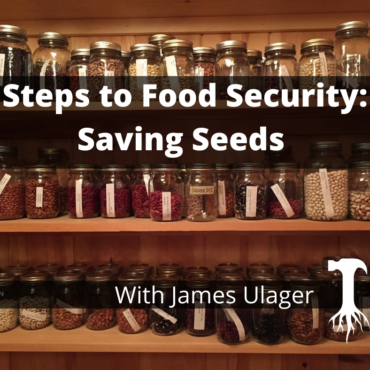
What would agriculture look like with zero inputs? with Shane Simonsen, author of zero-input agriculture
Though I’ve been inspired by all the amazing examples of regenerative farming through the people that I’ve interviewed through this series, there’s one glaring commonality between all of them and […]








Post comments
This post currently has no comments.